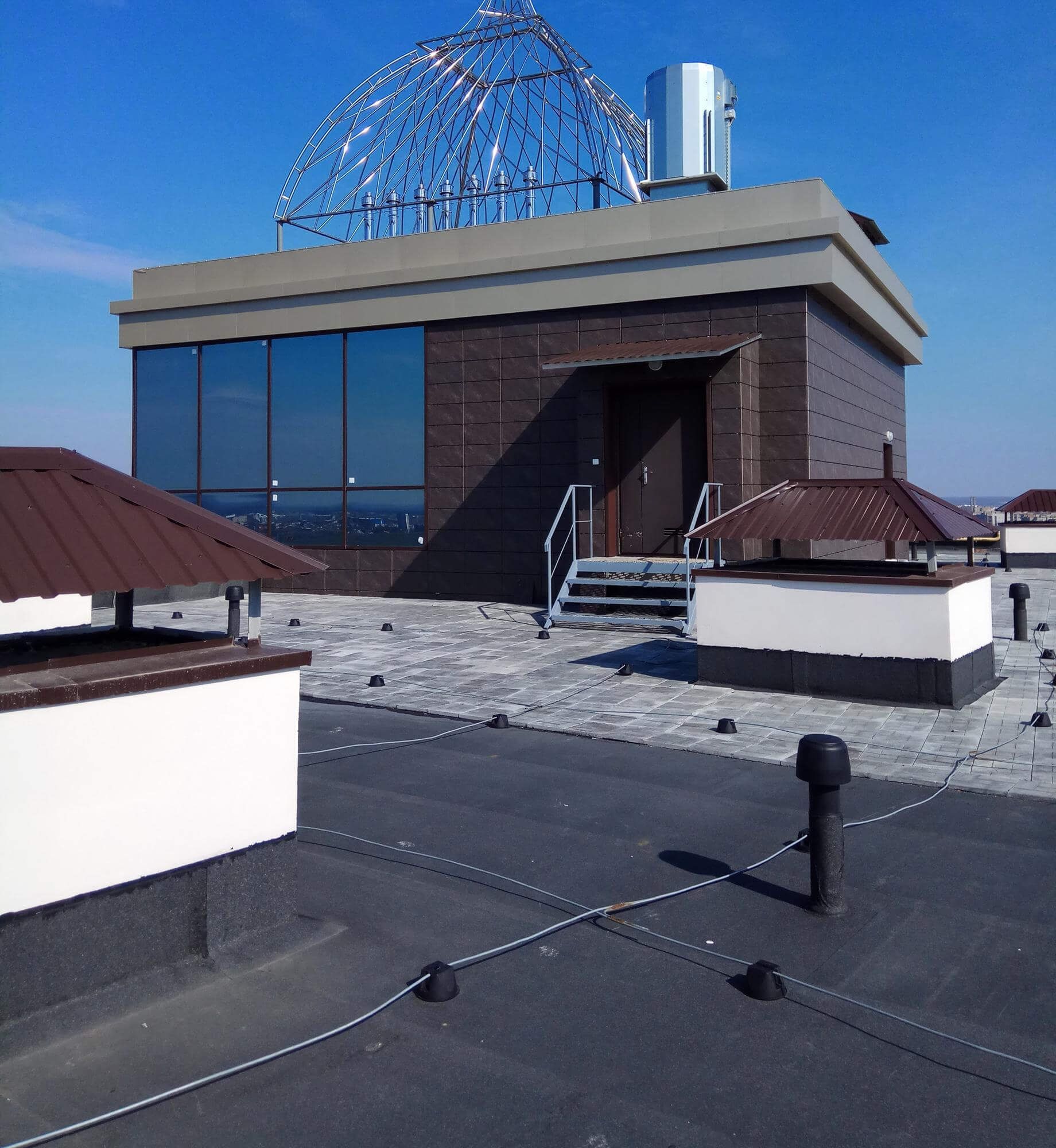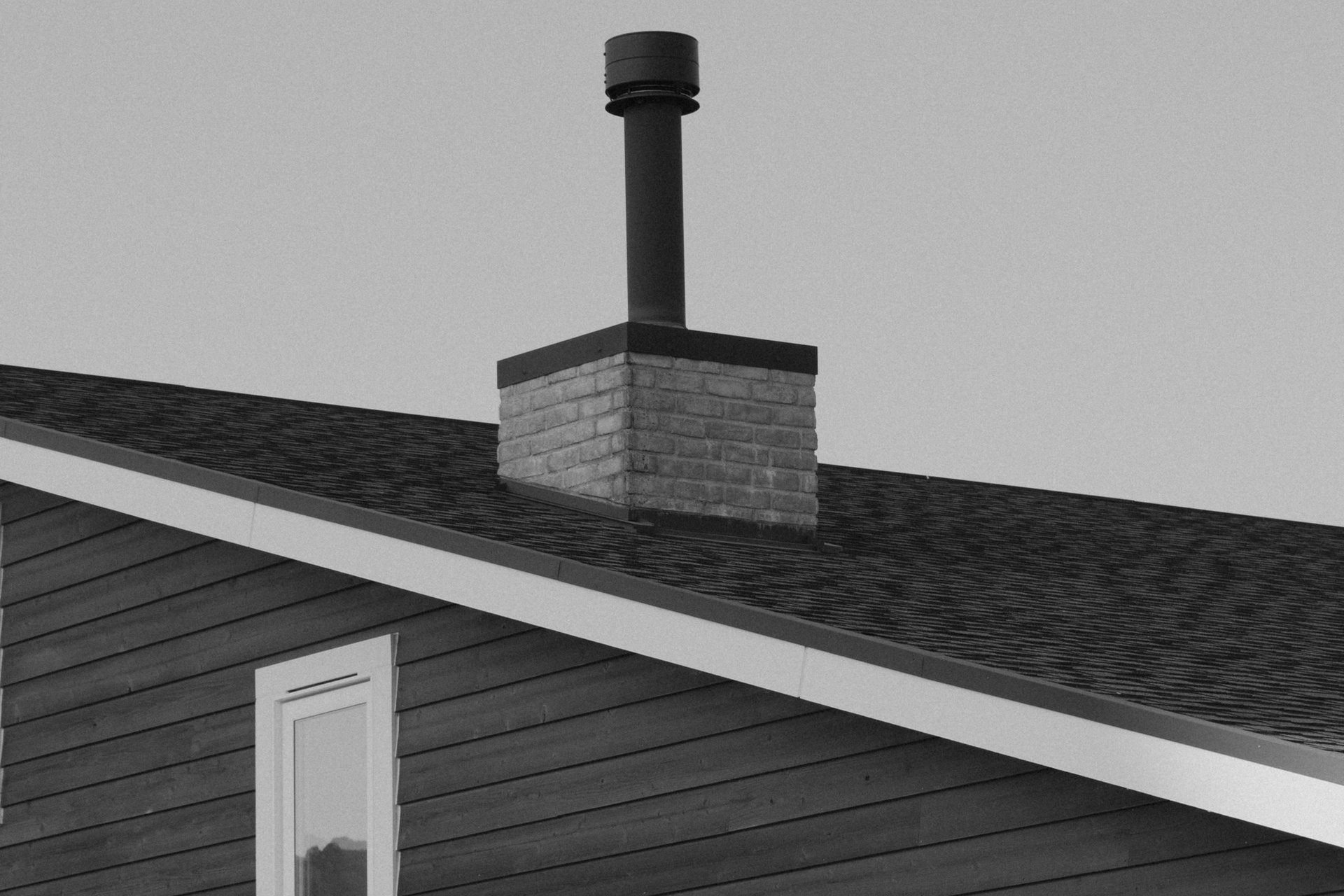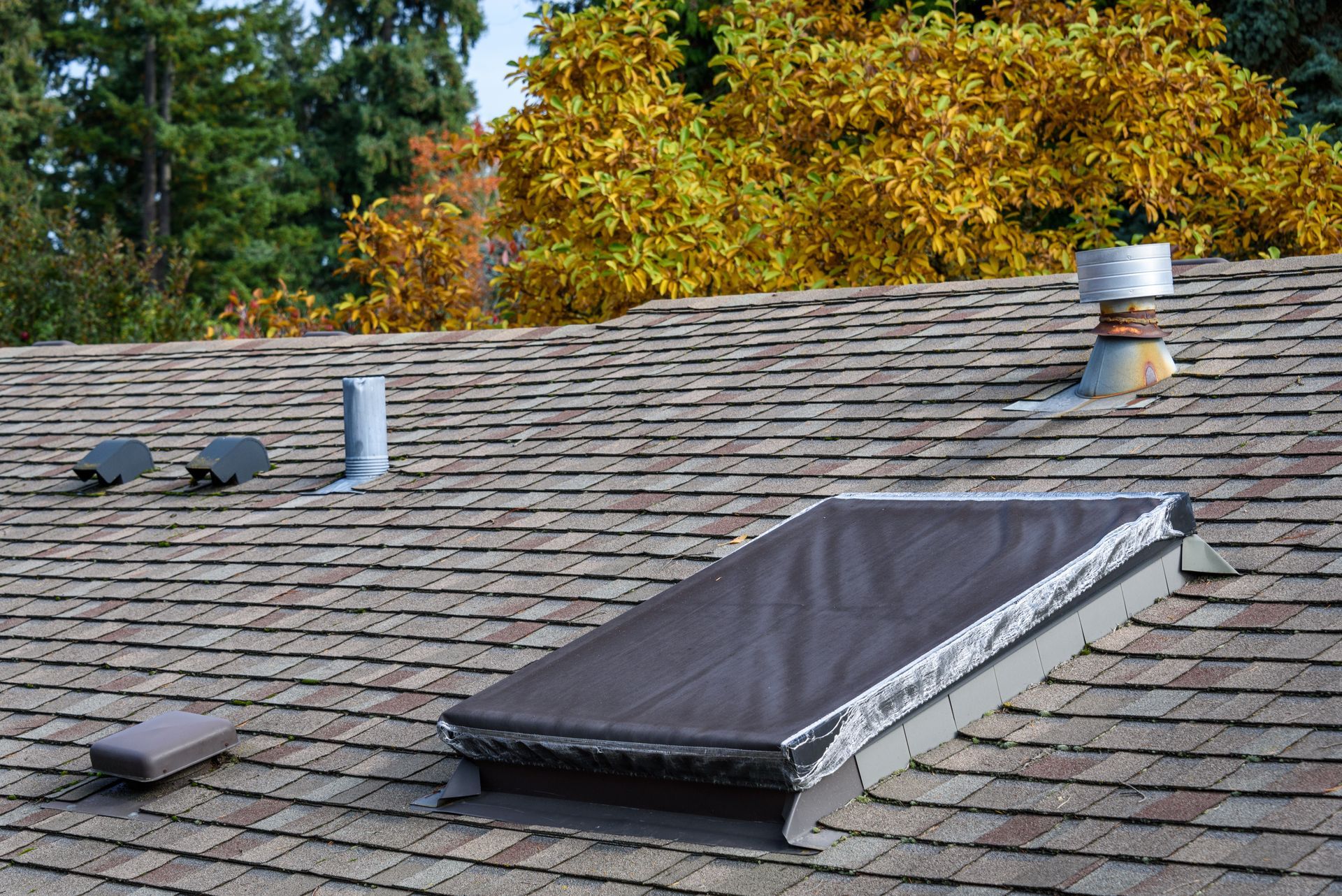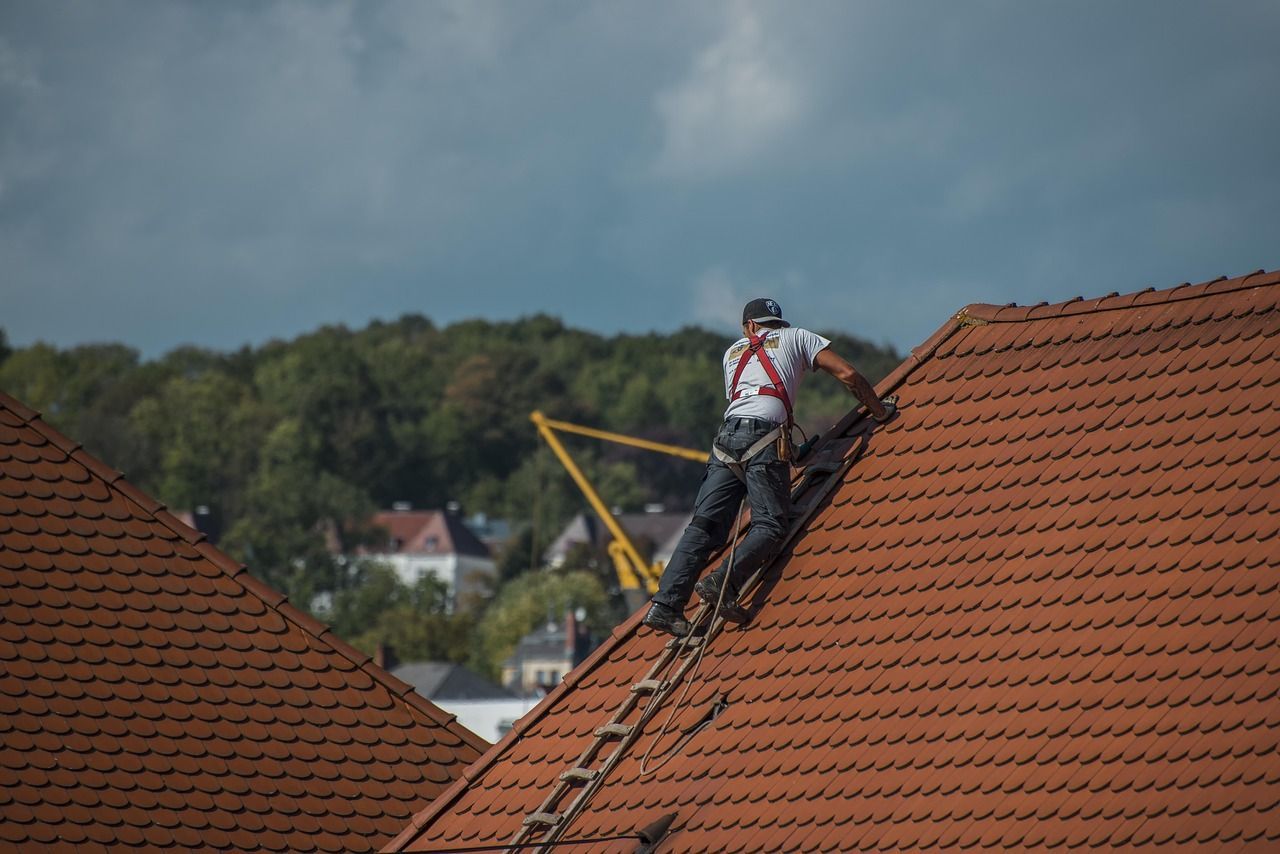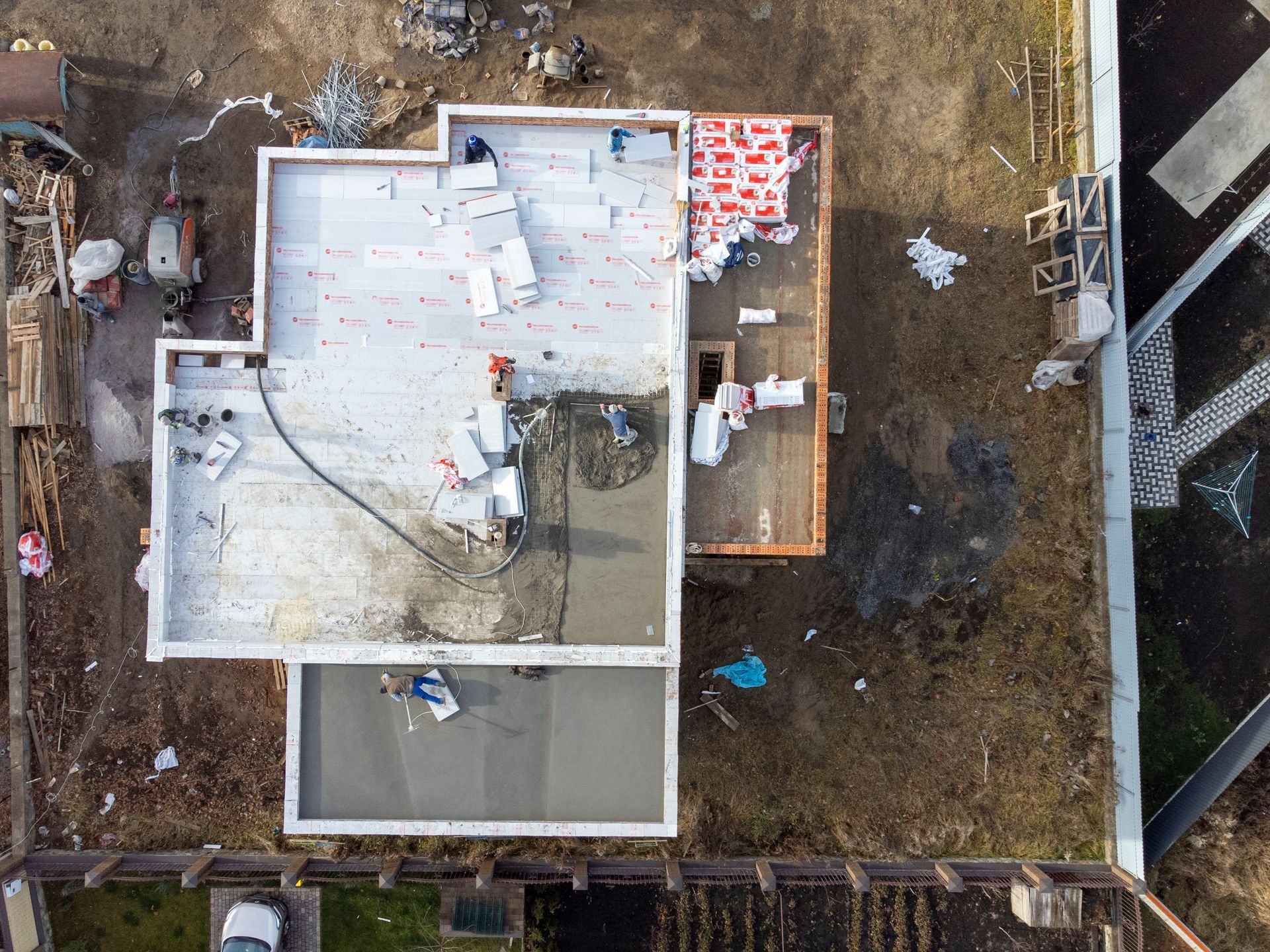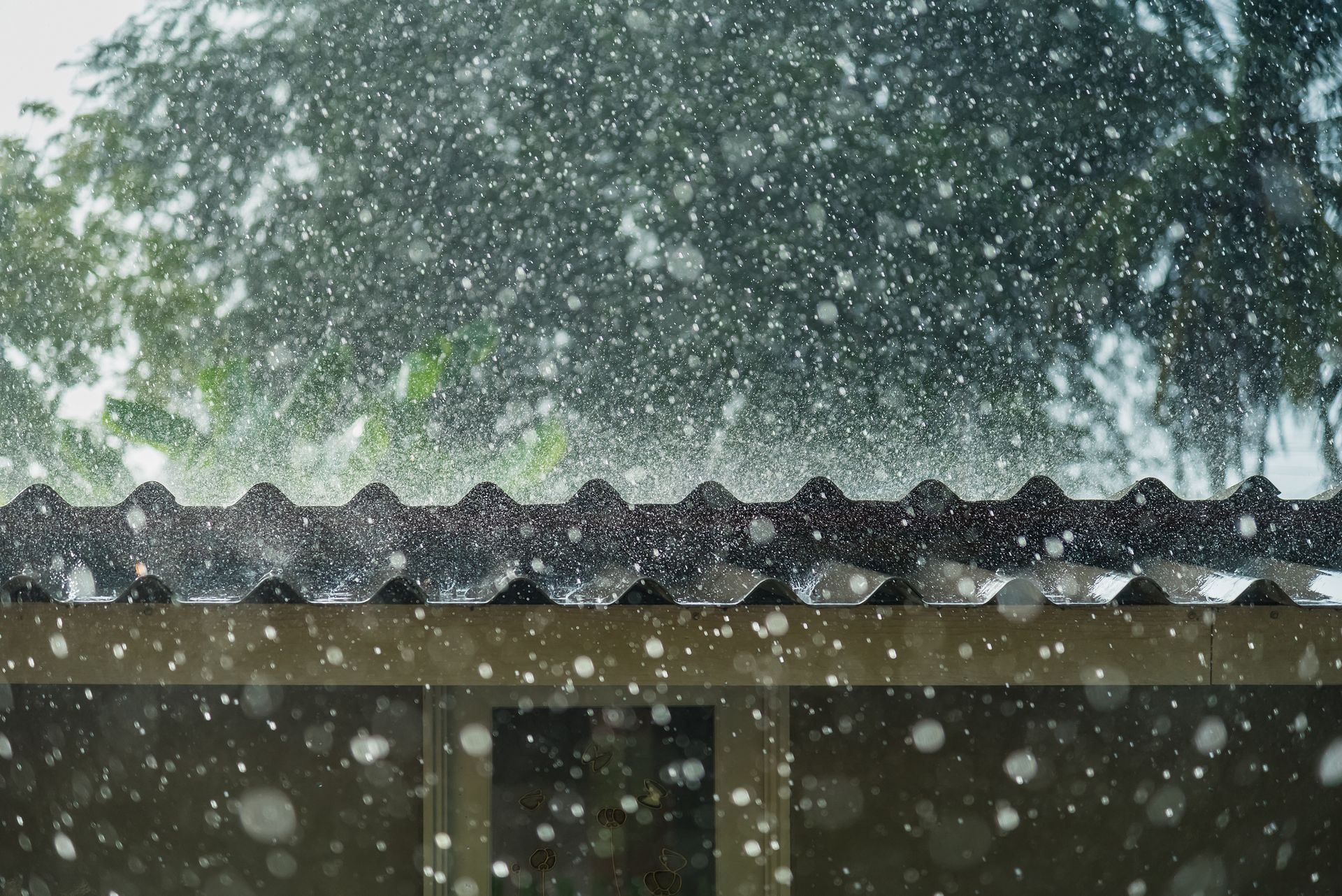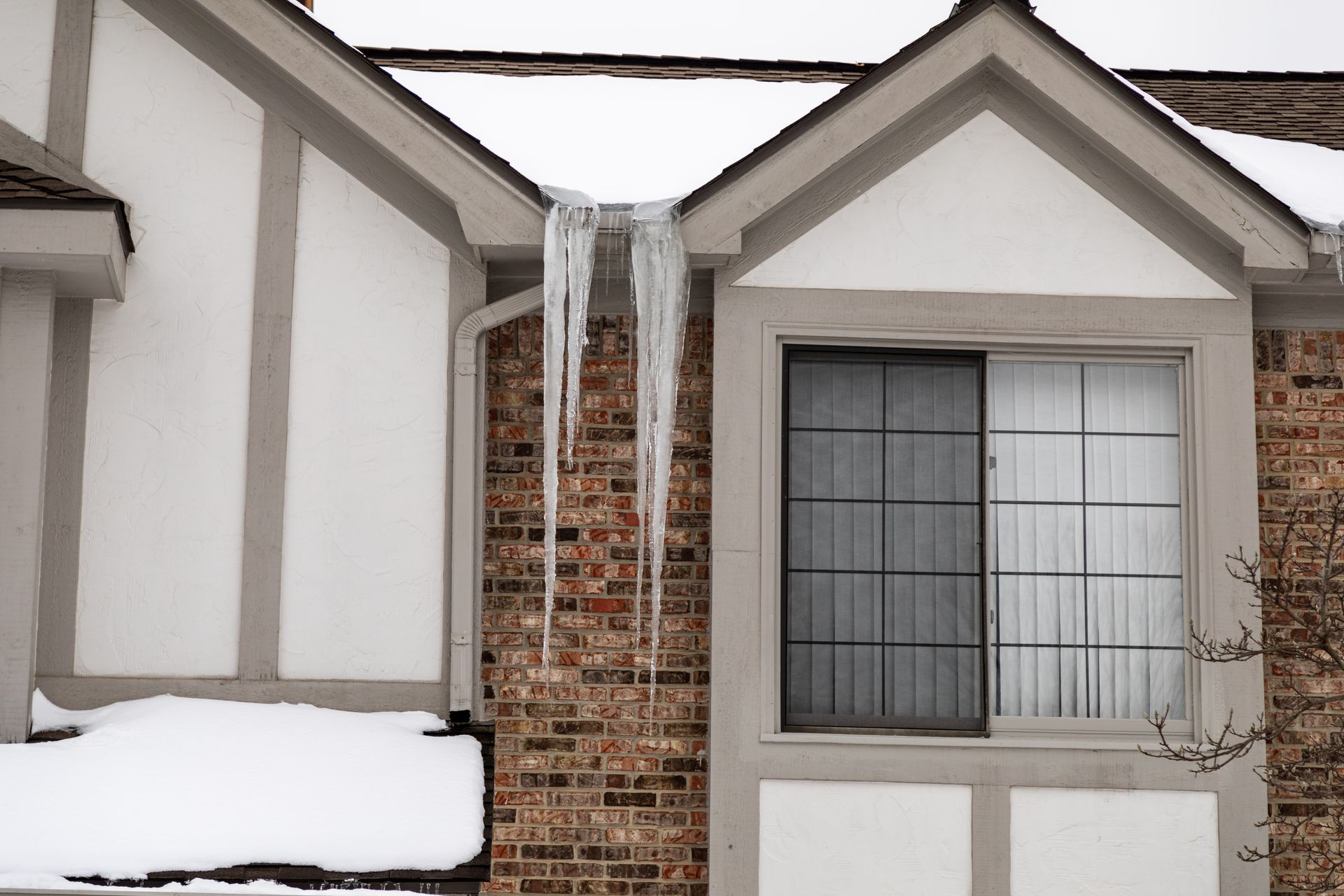How Weather Conditions Affect TPO Roofing in Grant, MI: Essential Insights for Homeowners
City skyline
TPO (Thermoplastic Olefin) roofing has become a popular choice for homeowners and property managers due to its durability, energy efficiency, and cost-effectiveness. Its performance, however, is not immune to the varying weather conditions experienced in Grant, MI. Understanding how the local climate impacts TPO roofing is crucial for ensuring its longevity and maintaining its protective qualities. This blog post will delve into the specific effects of Grant's diverse weather patterns on TPO roofing, offering practical maintenance tips to help keep your roof in optimal condition throughout the year.
The Basics of TPO Roofing
TPO roofing is a single-ply membrane composed of a blend of thermoplastic materials, including ethylene, propylene, and rubber. This combination provides a robust and flexible roofing solution known for several key benefits:
- Durability: TPO roofing is highly resistant to UV rays, chemicals, and physical punctures. Its resistance to these elements makes it a durable choice for various roofing applications.
- Energy Efficiency: The reflective properties of TPO help reduce cooling costs by reflecting sunlight and minimizing heat absorption. This can be particularly advantageous during hot summer months.
- Flexibility:
TPO membranes are designed to adapt to a range of temperatures and weather conditions, offering versatility in different climates and weather scenarios.
How Weather Conditions Affect TPO Roofing
Winter Weather: Cold Temperatures and Snow
Impact:
The winter months in Grant, MI can bring severe cold temperatures and significant snowfall. These conditions can have a pronounced effect on TPO roofing. Cold temperatures cause the TPO membrane to contract, which can stress seams and joints. This contraction may lead to increased vulnerability to leaks if not addressed promptly. Additionally, heavy snow accumulation adds extra weight on the roof, which can exacerbate issues related to membrane stress and potentially lead to structural damage if the roof is not properly maintained.
Tips for Winter Maintenance:
- Regular Inspections: Conduct thorough inspections of your TPO roof following heavy snowfalls or prolonged cold spells. Look for signs of membrane stress, seam separation, or other potential issues.
- Snow Removal:
Safely remove snow from the roof using non-abrasive tools or equipment. Avoid using sharp objects or shovels that could damage the membrane. Ensure snow removal is done carefully to prevent any unnecessary stress on the roof.
Spring Weather: Rain and Thawing
Impact:
Springtime in Grant, MI often brings a mix of rain and thawing conditions, which can impact TPO roofing in various ways. Prolonged rain can lead to water ponding on flat roofs, which may cause increased wear and potential damage to the TPO membrane over time. Additionally, the freeze-thaw cycles typical of spring can weaken seams and flashing, creating opportunities for leaks and water infiltration.
Tips for Spring Maintenance:
- Drainage Check: Ensure that all gutters, downspouts, and roof drains are clear of debris to prevent water ponding. Proper drainage is crucial for avoiding water accumulation and maintaining the integrity of the roof.
- Inspect for Leaks:
Regularly inspect the roof for signs of leaks or damage caused by freeze-thaw cycles. Address any issues promptly to prevent further damage and costly repairs.
Summer Weather: Heat and UV Exposure
Impact:
The summer months in Grant, MI can bring high temperatures and intense UV radiation. Prolonged exposure to heat can cause the TPO membrane to expand, potentially leading to issues with seam separation and membrane stress. UV radiation can degrade the surface of the TPO, reducing its effectiveness and lifespan over time.
Tips for Summer Maintenance:
- Regular Inspections: Perform routine inspections during the summer to check for signs of UV damage, such as surface degradation or seam issues. Address any problems early to prevent further deterioration.
- Protective Coatings: Consider applying UV-resistant coatings to your TPO roof. These coatings help protect the membrane from UV damage and can extend the lifespan of your roof.
Fall Weather: Wind and Debris
Impact:
Fall weather in Grant, MI often brings strong winds and falling debris, which can impact TPO roofing. High winds can lift or damage the TPO membrane, particularly at the edges and seams where the material is most vulnerable. Additionally, falling leaves and debris can clog gutters and drains, leading to water ponding and potential damage.
Tips for Fall Maintenance:
- Clean Gutters: Regularly clear gutters and roof drains of leaves and debris to ensure proper water flow and prevent blockages. This helps reduce the risk of water ponding and subsequent roof damage.
- Inspect for Wind Damage:
After strong winds or storms, inspect your roof for any signs of damage. Check the membrane, seams, and flashing for any issues that may need immediate attention.
Keep Your TPO Roof in Top Shape: Key Takeaways for Grant, MI Homeowners
TPO roofing provides numerous benefits, but its performance can be significantly influenced by the weather conditions in Grant, MI. By understanding how cold temperatures, snow, rain, heat, and wind affect your TPO roof, you can take proactive steps to ensure its longevity and effectiveness. Regular inspections and proper maintenance are essential for keeping your roof in top shape throughout the year.
RAO Roofing offers a range of services, including
roofing installation,
roofing repairs,
rooftop snow and ice removal,
inspection and insurance work,
siding, and
gutters. If you need expert advice or professional assistance, don't hesitate to contact RAO Roofing at
(231) 282-1932.

